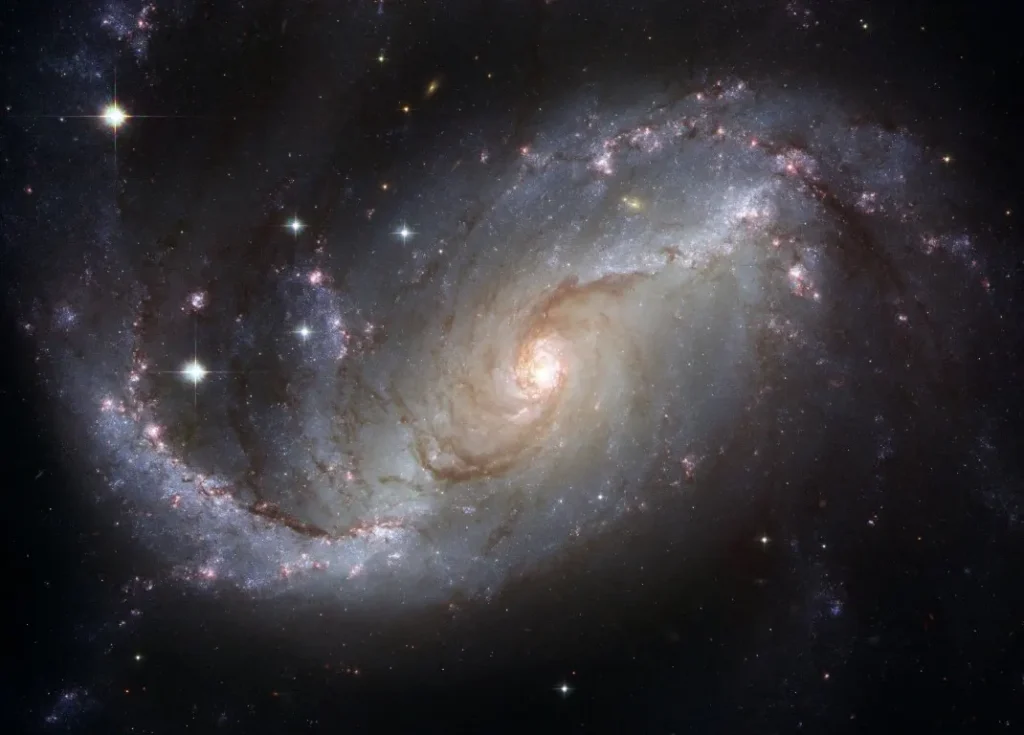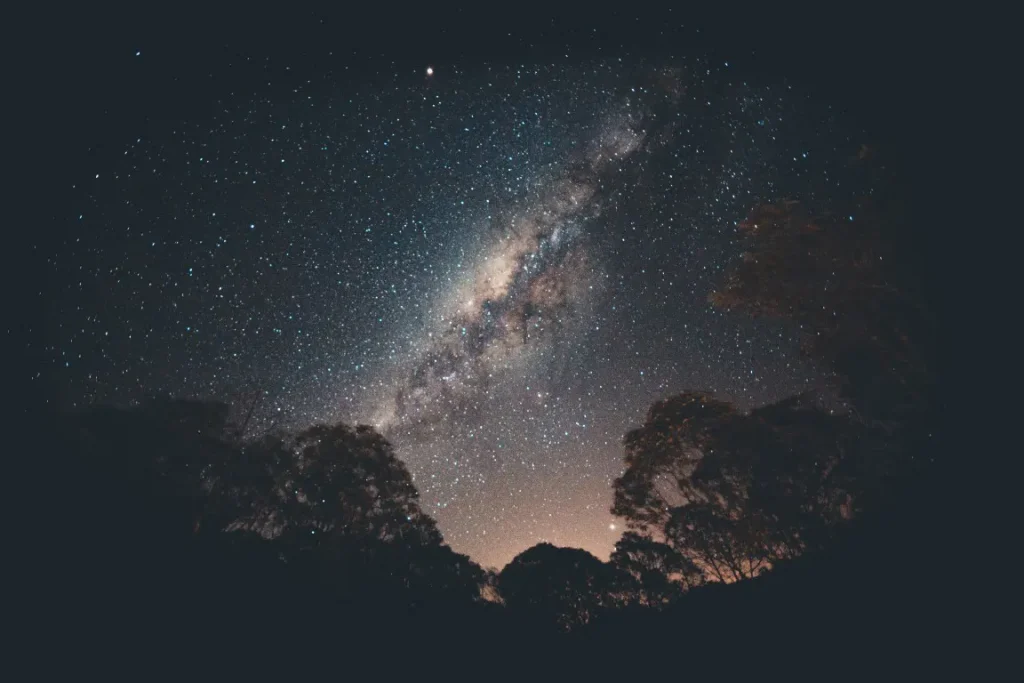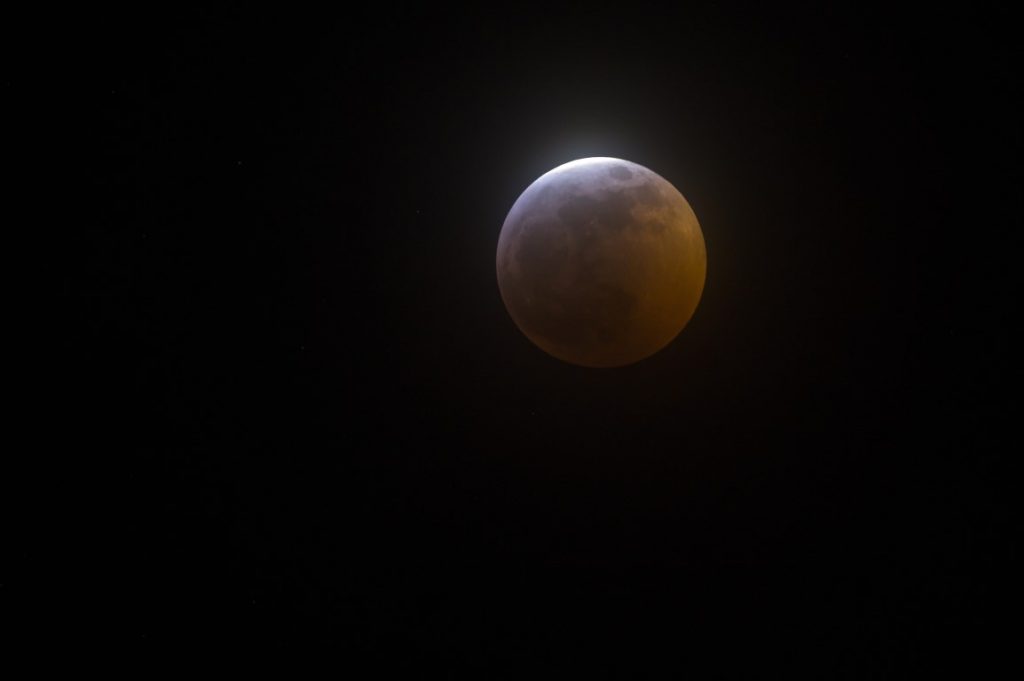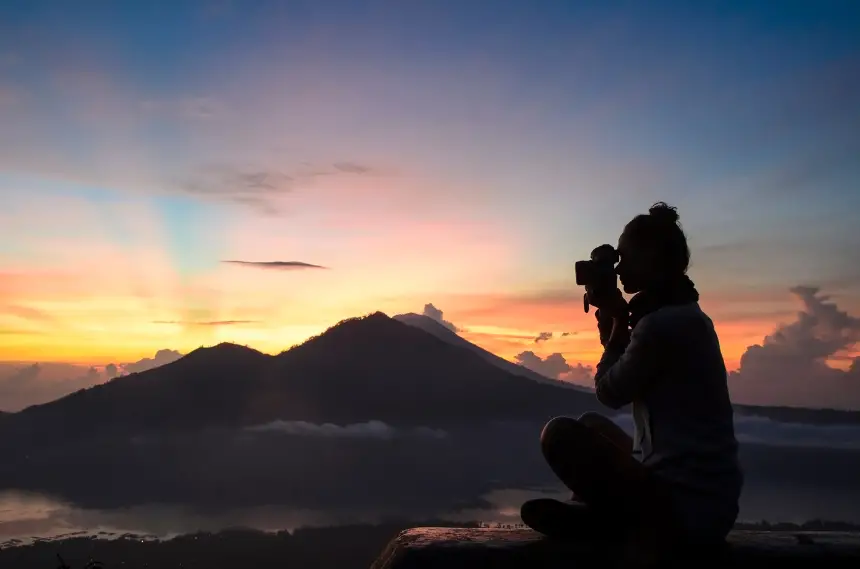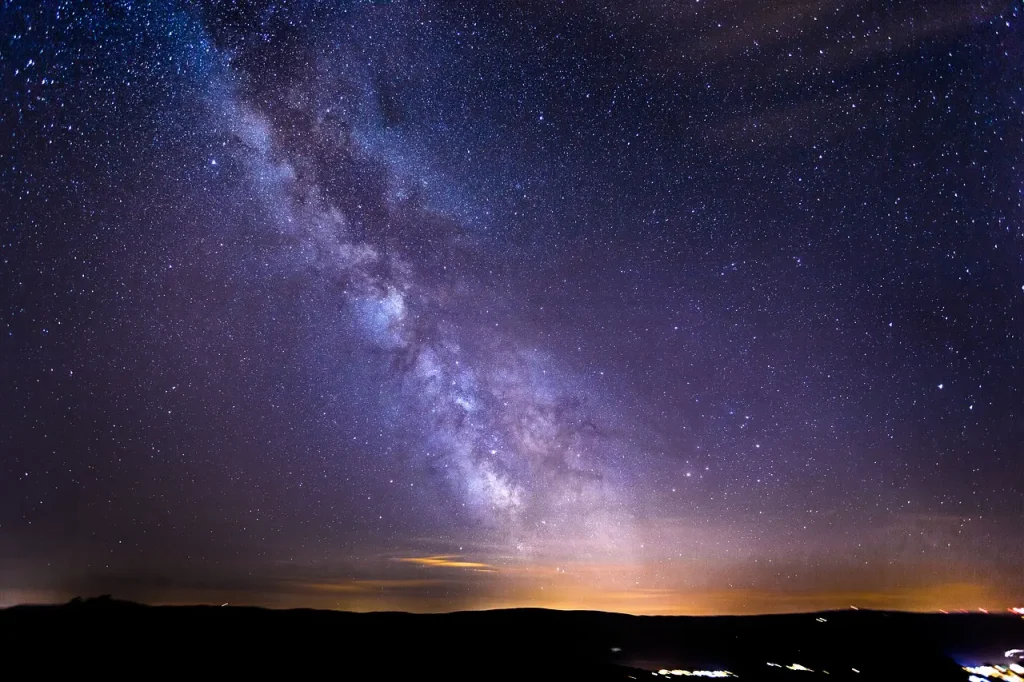
September is a great month for anyone who loves looking at the sky.
With special moons, bright planets, and exciting meteor showers, there’s something for everyone to enjoy and photograph. Get your camera ready, because you won’t want to miss these amazing sky events in September 2023!
As well as, September marks the transition between seasons, signalling a shift in where you can best view the aurora. For those residing in the Northern Hemisphere, it’s an ideal time to start planning your northern lights adventure.
Before we dive into the list of celestial events, I’d like to offer a guide on essential astrophotography equipment for beginners. This will assist you in choosing the right tools for your journey into astrophotography.
Now we move to the list of astrophotography events on September 2023
Best Astrophotography targets on September 2023
- 1st September – Peak of the Aurigid Meteor Shower
- 4th of September – Conjunction of the Moon and Jupiter
- 9th of September – Peak of the ε-Perseid Meteor Shower
- 15th of September – New Moon
- 26th of September – Moon and Saturn in Conjunction
- 29th of September – Full Moon (Harvest Moon)
Peak of the Aurigid Meteor Shower – 1st of September
Auriga holds a special place among my favorite winter constellations, thanks to its prominent, luminous stars that stand out in the night sky. Even though winter is yet to arrive, Auriga is already making its ascent. Accompanying its rise is its very own meteor shower.
The shower’s radiant point is in the constellation Auriga. For those who are in Washington, the shower will not be visible before around 12:20 a.m. each night, when its radiant point rises above the eastern horizon. It will remain active until dawn breaks around 06:35 a.m.
The best displays are expected shortly before dawn on September 1, when the radiant point is at its highest in the sky.
The conjunction of the Moon and Jupiter – 4th of September
On the evening of September 4, 2023, stargazers and astrophotographers will be treated to a celestial spectacle as the Moon and Jupiter come into conjunction. This event is characterized by the close approach of the Moon and Jupiter in the night sky.
The conjunction will be visible to the naked eye, with Jupiter appearing as a bright point of light near the Moon. Depending on the exact positioning, Jupiter might appear either above, below, or to the side of the Moon
The conjunction of the Moon and a bright planet like Jupiter is always a sight to behold.
Such events have been observed and documented for centuries and hold significance in various cultures and astrological traditions.
The peak of the ε-Perseid Meteor Shower – 9th of September
The ε-Perseid meteor shower will be active from August 5 to September 21, with its peak rate of meteors occurring around September 9.
The shower’s radiant point is located in the constellation Perseus. For observers in Washington, the shower will become visible around 10:50 p.m. each night as its radiant point rises above the eastern horizon.
It will remain active until dawn, which breaks around 06:42 a.m. The best displays are anticipated in the hours around 06:00 MDT, when the radiant point is at its zenith.
The shower will peak close to the new moon, ensuring minimal interference from moonlight.
New Moon – 15th of September
The New Moon in September 2023 will occur on Friday, September 15th at 01:39 UTC. The New Moon phase is characterized by the moon being in line with the sun, rendering it invisible from Earth. This phase is significant for various reasons:
You can enjoy optimal stargazing during this time. Why I am saying that, the absence of moonlight during a New Moon provides an optimal opportunity for stargazers and astrophotographers to observe and capture faint celestial objects without the interference of moonlight.
Moon and Saturn in Conjunction – 26th of September
On the night of September 26, 2023, skywatchers and astrophotographers will have the opportunity to witness a celestial event as the Moon and Saturn come into conjunction within 2°25′ of each other in the night sky. This event is marked by the Moon and Saturn appearing close to each other in the night sky.
This event provides a unique opportunity to capture two celestial bodies in a single frame. Using a tripod for stability and a telephoto lens for detail can enhance your astrophotography. Lower ISO settings and longer exposure times can help capture the nuances of both the Moon and Saturn.
Full Moon (Harvest Moon) – 29th of September
In this year you can see the Harvest Moon at just after sunset on Thursday, September 28. The full Harvest Moon will reach its peak in the early morning hours of September 29, 2023, at 5:58 A.M. As well as It will drift below the horizon shortly after its peak illumination on the 29th.
The Harvest Moon refers to the full Moon that appears closest to the autumn equinox. Distinct from other full Moons, the Harvest Moon consistently rises around dusk for multiple consecutive nights. This consistent moonlight grants farmers additional hours in the evening, enabling them to complete their harvest before the onset of autumn frosts.
You can refer my previous article on how do I take sharp moon photos to get more idea about the full moon photographing.
Final Word
To wrap things up, September 2023 is going to be a fantastic month for anyone who loves looking up at the night sky. We’ve got shooting stars, bright planets, and special moons all lined up. Whether you’re snapping photos or just enjoying the view, there’s something for everyone.
And with the special Harvest Moon lighting up the night, it’s a month you won’t want to miss. So, grab a blanket, head outside, and enjoy the show!
Justin Parker is a professional photographer and has been in the industry since 2007. He attended the University of Georgia. Justin combines his passion for photography and his interest in writing to give life to this blog which talks about photography in order to help and inspire young photographers.

